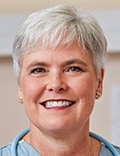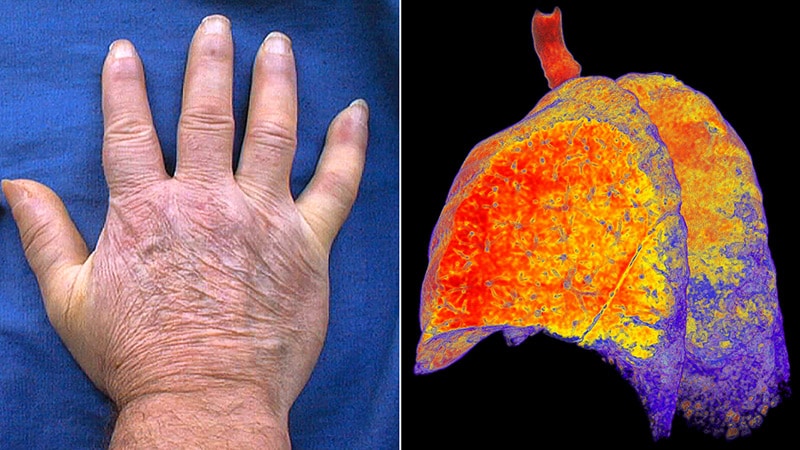New data shed light on the problem of access to healthcare in Canada. Not only do roughly one in five Canadians report having no primary care doctor or nurse practitioner (ie, "primary care clinician"), but also access appears to vary by as much as 70%, depending on the province.
These statistics, which were revealed in a newly published study in CMAJ, only scratch the surface of the country's "attachment crisis," a term that refers to poor access coupled with shortages of primary care clinicians. Findings from 9279 participants also demonstrated that only a third (34.5%) who reported having a primary care clinician said that they were able to access same- or next-day care for urgent issues. Wait times for appointments ranged from 2-3 days (18.5%) to more than 2 weeks (13.6%). Many simply opted for a walk-in clinic.
 Tara Kiran, MD
Tara Kiran, MD"There's about 6.5 million people in Canada who don't have a primary care clinician. Given that primary care is what I think of as the front door to the healthcare system, when that door is closed, it has lots of consequences for your health," said lead author Tara Kiran, MD, a family physician and scientist at the MAP Centre for Urban Health Solutions at St. Michael's Hospital, Unity Health Toronto, and the University of Toronto, Toronto, Ontario, Canada.
Regional Disparities
Kiran spearheaded OurCare, a pan-Canada initiative conducted between September 2022 and December 2023 to learn about Canadians' views of the healthcare system and hopes for the future. During the study, the investigators surveyed Canadian English- and French-speaking adults and conducted dialogues with five provincial panels that matched the demographics of British Columbia (BC), Manitoba, Ontario, Quebec, and Nova Scotia, respectively. The investigators also held 10 community roundtables (two from each province) among participants representing underserved communities.
The current findings reflect phase 1 of the initiative, which was a cross-sectional survey distributed to Canadian adults between September 20 and October 25, 2022. The researchers aimed to obtain a snapshot of several outcome measures, including the number of people with a confirmed primary care clinician (ie, a family doctor or nurse practitioner), timeliness of care, access to interprofessional care in the same practice (eg, a dietician, social worker, or pharmacist), walk-in clinic attendance, and the most important care attributes.
The research exposed significant regional differences, and the investigators are not entirely sure of their causes. "The province you lived in influenced whether you were going to report getting timely access to urgent care, whether you had access to other health professionals, or if you were going to be seen at a walk-in clinic," explained Kiran. All these associations persisted after adjusting for confounders such as income, race, education, and resident or immigrant status.
For example, 87.2% of Ontario residents reported having a primary care clinician they could see regularly for care vs 69.1% (adjusted odds ratio [aOR], 0.33) in the Atlantic region, 69.0% (aOR, 0.30), in Quebec, and 72.3% (aOR, 0.39) in BC.
 Kathleen Ross, MD
Kathleen Ross, MDStill, the study is not without limitations, especially regarding response bias. "I wonder who we are missing," Kathleen Ross, MD, president of the Canadian Medical Association (CMA) and a family practitioner in Coquitlam and New Westminster, British Columbia, Canada, told Medscape Medical News. Ross, who was not involved in the research, pointed specifically to equity-seeking populations (eg, people new to Canada, Indigenous, elders without digital literacy, those with language barriers, and those who live in rural areas). "These populations are less likely to respond to surveys, so it's possible that these numbers are gross underestimates," she said.
Looking Ahead
The CMA is not shying away from the primary care crisis but rather is proactively addressing the problem, said Ross.
We're "moving quickly toward [the patient home model] because we know we have a human health resource crisis: Not enough family doctors, nurse practitioners," she said. With team-based care, patients would be able to access the most appropriate team member at the outset "but still maintain the cradle to the grave care provided by family physicians," she explained, adding that data have shown that this longitudinal relationship — someone who knows your social situation and history and the whole of you — provides "better outcomes, fewer tests, and less cost to the healthcare system overall."
Study findings support the CMA's direction toward a more agile model of care. About 97% of participants said that it was very or fairly important to have a relationship with a family doctor, nurse practitioner, or team of healthcare professionals that they could see regularly if they needed to. A majority (65%) also underscored Ross's point: They reported that it's very important for their primary care clinician to "know me as a person and consider all of the factors that affect my health."
The study was funded by Staples Canada Even the Odds Campaign and the Max Bell Foundation. Kiran reported support from Health Canada, Staples Canada, the Max Bell Foundation, and the FDC Foundation. Ross reported no relevant financial disclosures.
Liz Scherer is an independent health and medical journalist based in the United States.

.webp) 3 weeks ago
9
3 weeks ago
9





























 English (US)
English (US)